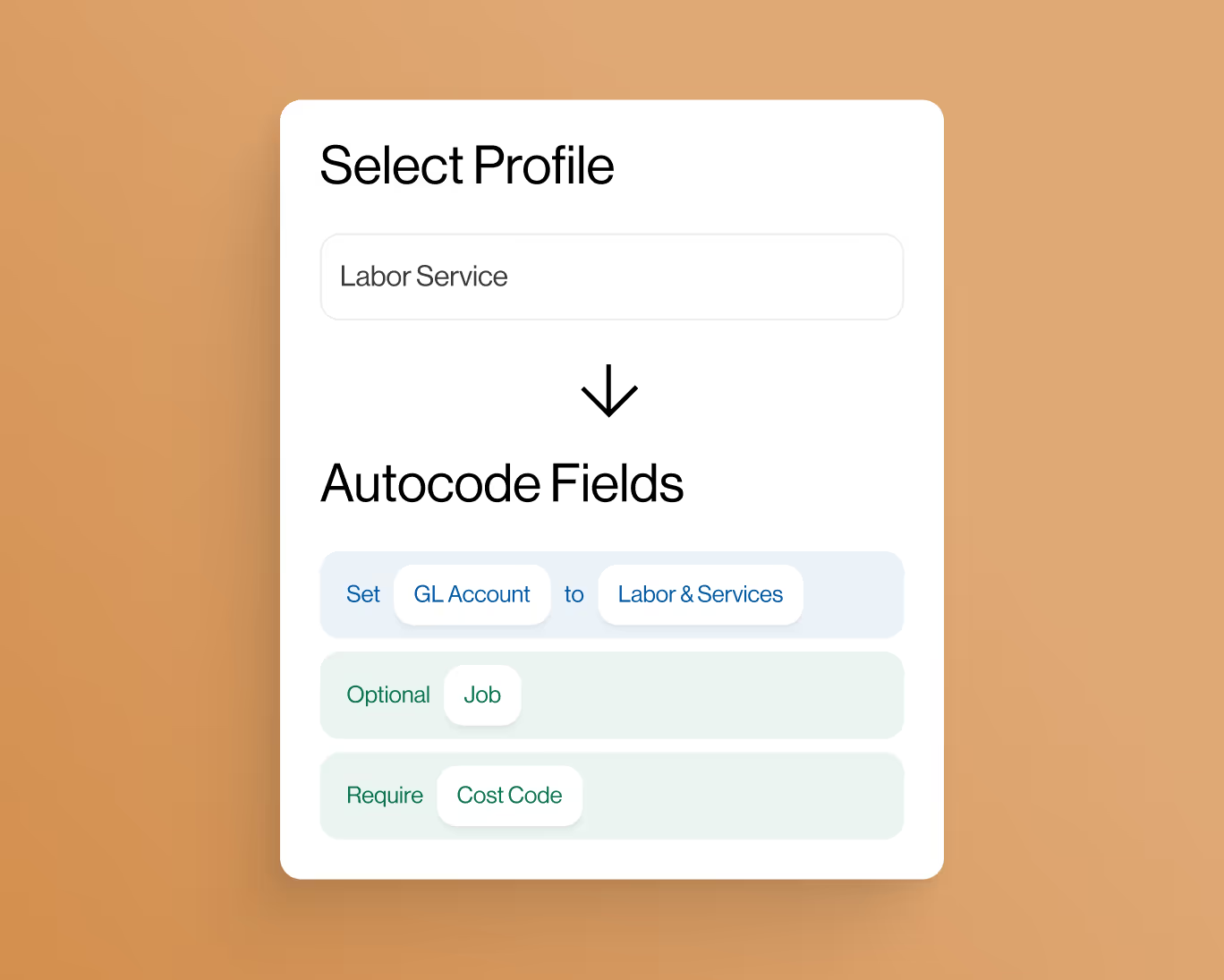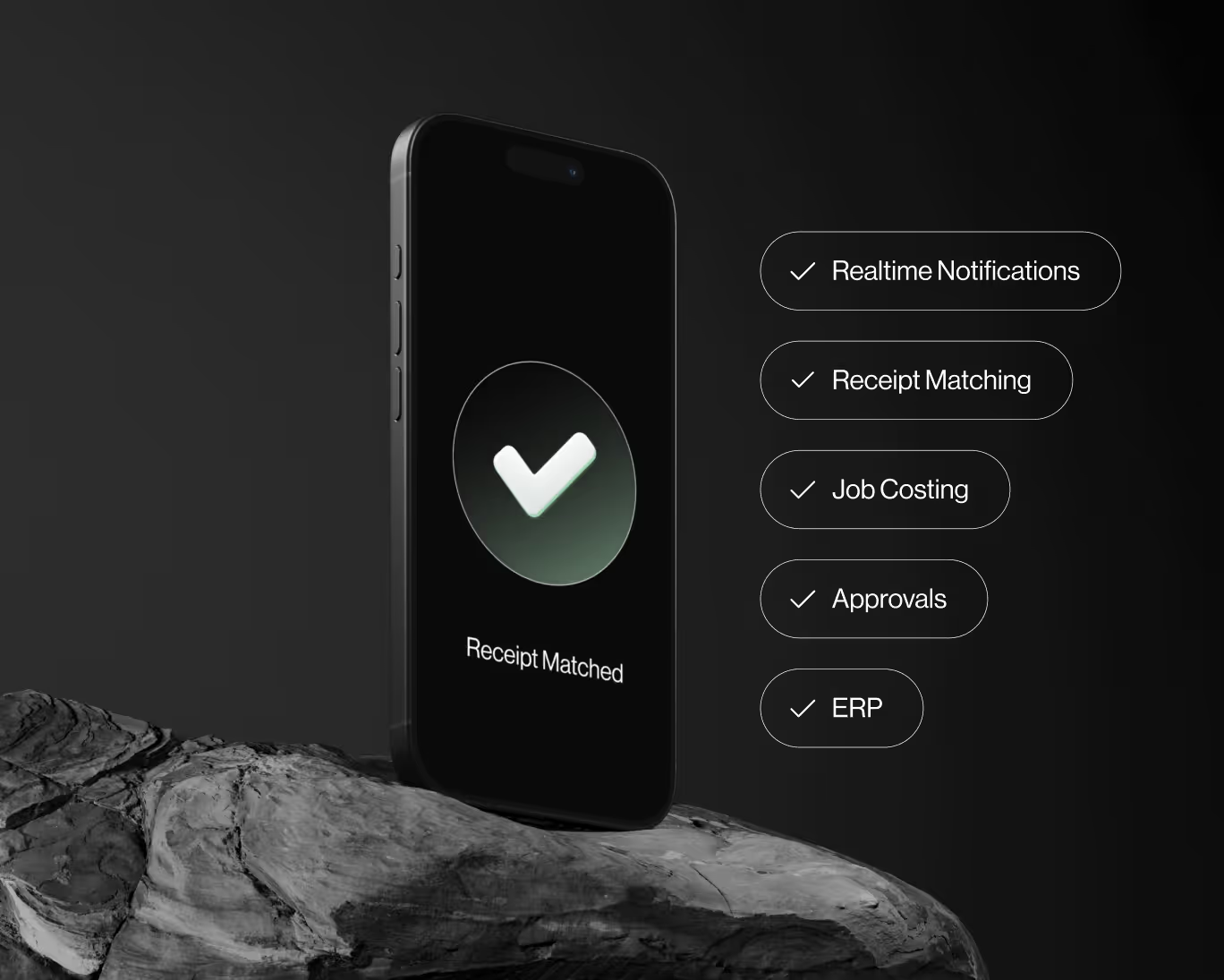Material Requisition Report in Construction
When it comes to managing a construction project, keeping track of materials is of paramount importance. One tool that plays a crucial role in this process is the Material Requisition Report. In this blog post, we'll delve into what a Material Requisition Report is, why it's essential in the construction industry, and how it helps streamline the project's material management.
Understanding the Material Requisition Report
The Material Requisition Report, often abbreviated as MRR, is a formal document used in construction projects to request the procurement of materials necessary for the project's progress. It serves as a bridge between the site's material needs and the procurement department, ensuring that materials are ordered promptly and efficiently.
Key Components of a Material Requisition Report
A well-structured Material Requisition Report typically includes the following information:
- Project Details: This includes the project name, location, and relevant identification numbers.
- Item Details: Each requested material is listed with specifics such as description, quantity, unit of measurement, and required quality standards.
- Justification: A brief explanation of why the material is needed and how it fits into the project's timeline and objectives.
- Requested By: The name and designation of the individual responsible for making the requisition.
- Approval Section: A space for signatures or approvals from relevant authorities, confirming the necessity of the requested materials.
Importance of Material Requisition Reports
Effective material management is pivotal for the success of any construction project. Here's why Material Requisition Reports are indispensable:
- Control over Procurement: MRRs provide a standardized way to communicate material needs, ensuring that the right quantities are ordered, minimizing waste and excess inventory.
- Budget Management: By detailing the justification for each material request, MRRs enable better cost control and budget forecasting.
- Streamlined Processes: With a clear process for requesting, approving, and procuring materials, project workflows become more efficient.
- Avoiding Delays: Timely procurement is essential to prevent project delays. MRRs help expedite the procurement process by giving procurement teams precise information.
- Quality Compliance: Including quality standards in MRRs ensures that the materials meet project specifications and industry regulations.
Creating an Effective Material Requisition Report
Crafting a well-structured MRR requires attention to detail and collaboration between site teams and procurement departments:
- Clear Descriptions: Each material entry should have a concise and accurate description to avoid confusion.
- Accurate Quantities: Double-check quantities to prevent under-ordering or over-ordering.
- Justification: Explain the need for each material to help procurement teams understand its importance.
- Timely Submission: Submit MRRs well in advance to provide procurement teams with ample time to process orders.
- Regular Updates: Keep track of the status of requested materials and communicate any changes promptly.
Conclusion
The Material Requisition Report is a cornerstone of efficient material management in the construction industry. It bridges the gap between site requirements and procurement processes, ensuring that the right materials are available at the right time. By maintaining clear communication and adhering to best practices, construction projects can enhance their material management workflows, stay on budget, and meet project timelines.










